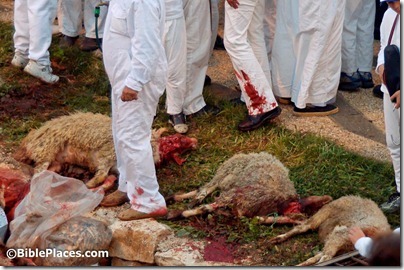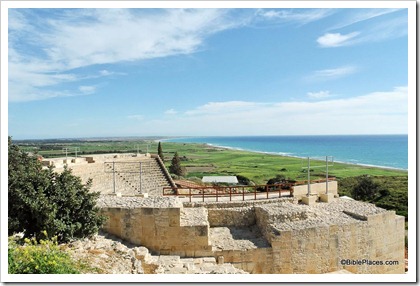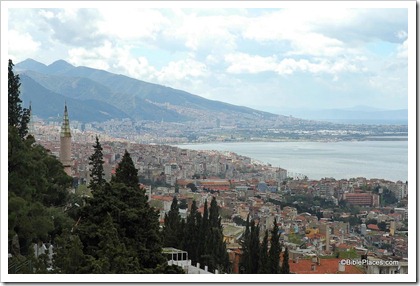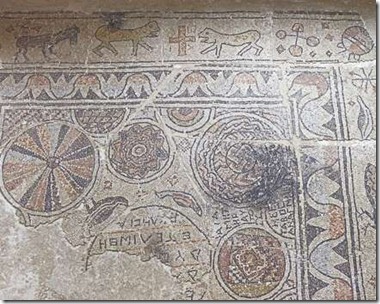To judge from the titles listed at the Eisenbrauns April sale, one might think they were partly influenced by recent recommendations on this blog. Among the nearly 100 titles for which you can get 30% now and later, these books are of particular interest:
The Horsemen of Israel: Horses and Chariotry in Monarchic Israel (mentioned here last month)
The Fire Signals of Lachish: Studies in the Archaeology and History of Israel in the Late Bronze Age, Iron Age, and Persian Period in Honor of David Ussishkin (mentioned here in December)
Unearthing Jerusalem: 150 Years of Archaeological Research in the Holy City (mentioned here in
December)
There are many other books that we haven’t mentioned but that are of great interest. (There are also a few we wish had never been published!) Here are three not yet mentioned here:
Cities through the Looking Glass: Essays on the History and Archaeology of Biblical Urbanism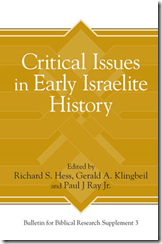
Confronting the Past: Archaeological and Historical Essays on Ancient
Israel in Honor of William G. Dever
Critical Issues in Early Israelite History
The full list is here.
By a 30% discount “now and later,” we’re referring to the immediate 30% discount plus the 30% credit that one gets towards future purchases.
